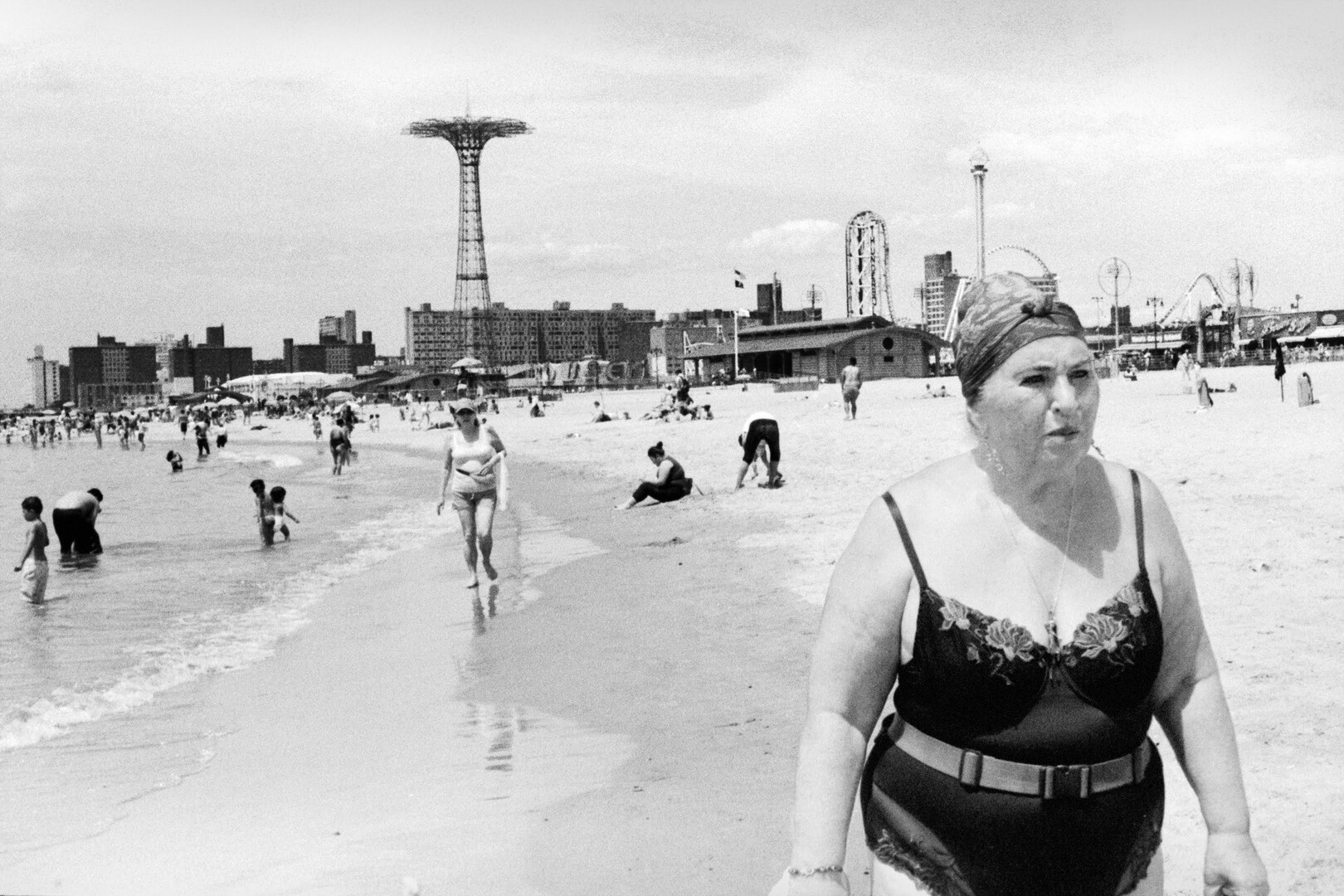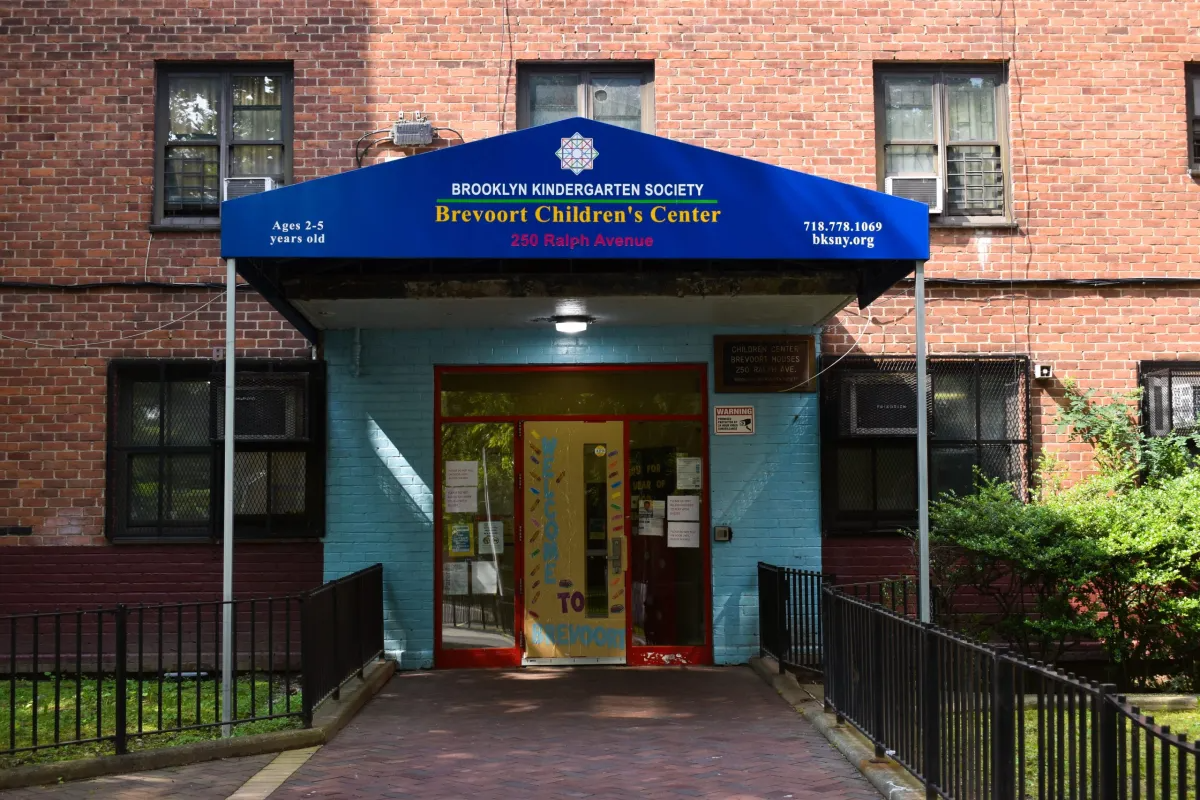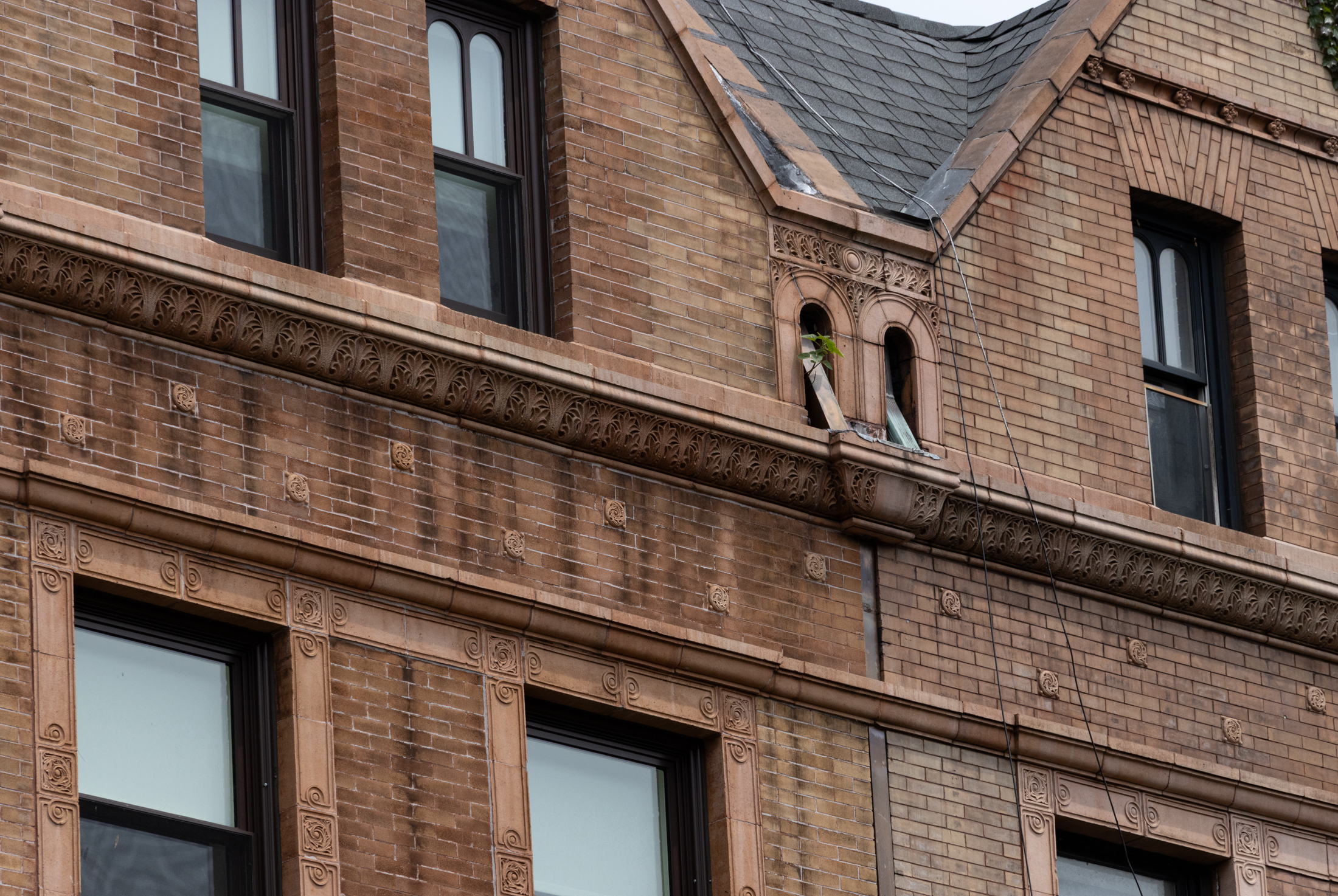Walkabout: The Business of Entertainment, Part 2
(Photo: westland.net. The “Tilly” – Steeplechase Park’s famous logo. Read Part 1, Part 3 and Part 4 of this story. Mayor Bloomberg and other elected officials may be riding on the new Steeplechase rides this week, but how many people really know what went into making Coney Island, well, Coney Island? It’s hard to believe,…


(Photo: westland.net. The “Tilly” – Steeplechase Park’s famous logo.
Read Part 1, Part 3 and Part 4 of this story.
Mayor Bloomberg and other elected officials may be riding on the new Steeplechase rides this week, but how many people really know what went into making Coney Island, well, Coney Island? It’s hard to believe, because so much is gone now, that almost 115 years ago, this stretch of Brooklyn beachfront would become the most famous beach and amusement park in America. During Coney Island’s amusement park heyday, in the first quarter of the 20th century, the rides, attractions, carny games of chance, restaurants, dance halls and ballrooms, dive bars and cheap hotels changed over and over, in a constant reinvention in order to bring in more business, both repeat and new. Like people today, the amusement park goers wanted something new. The first Ferris wheel? Wow, but after a couple of rides, been there, done that. A high speed looped rollercoaster that goes upside down and gives you whiplash? What else do you have? A water flume ride that splashes down in a lagoon like a runaway log in a river? Yawn. A successful Coney Island amusement park owner had to have his fingers on the pulse of the people. If the people were bored, they went somewhere else. And there were plenty of places to go. But if you were inventive, the people were yours.
The summer of 1902 was brutal for Coney Island businesses. It rained 70 out of 92 days, and all of the parks were losing money. The first amusement park in Coney Island, Sea Lion Park, went out of business after that summer. Over at George Tilyou’s Steeplechase Park, he had stayed afloat because his most popular ride, called A Trip to the Moon, was by its nature, enclosed in its own building. Tilyou was a marketing genius. He knew he couldn’t compete with some of the other larger park’s massive buildings and spectacular attractions, so he didn’t bother to try. He decided to involve his customers in their entertainment experiences, and let them become part of the ride.
As was pointed out in Part 1, in a comment by Benson, Coney Island was not designed for children. Yes, they had pony and other animal rides, carousels, and some attractions that children could enjoy, but this was mainly a park for grown-ups. Turn of the century day trippers got dressed up to come there. This was a place to get away from the heat of the city, the monotony of the workplace, and chores of homemaking. A place for an adult to cut loose and have some fun. Tilyou’s Steeplechase Park became famous in part, for its slightly scandalous and risqué rides. The adventure began just in walking in the gate. Customers had to pass through a huge revolving cylinder of wood called the Barrel of Love. If you knew how to walk through it, it was just another passageway. But if you didn’t, it was quite easy to fall and get tangled up with others on the floor, pressing the flesh with total strangers.
And that was just the beginning. He had many rides that would cause someone to get tossed around, or show some ankle, or otherwise hurl one person into another’s arms. The most famous of these rides was the called the Human Roulette Wheel, later called the Razzle-Dazzle, and then the Hoop-La. It was, basically, a room-sized spinning roulette wheel with a smooth wooden floor. The object was to reach the top of the raised center portion while the wheel was spinning. If you got there, you were not affected by the centrifugal forces. If not, you’d be hurled into fellow riders, and/or spun around landing in heaps at the outside edges, revealing all kinds of legs, ankles, underwear and other unmentionables that good Edwardian ladies did not show. Everyone LOVED it.
Each year from 1902 through 1907, George Tilyou expanded the park with new rides and attractions. One fun ride had people in an automobile going up a steep hill. At the top of the hill, the car would stop, but the wheels still rotated, while scenery rolled by on a background screen, giving the illusion of movement. Suddenly, a pedestrian steps out in front of the car, and gets struck full force, and goes flying, to the horror of the audience. Perhaps the reason for this attraction was to impress upon the public, most of whom had not yet ridden in an automobile, that in a battle of car v pedestrian, the car would always win. Tilyou didn’t stop there, and that attraction, and many others, were replaced by new ones, which would then be replaced by something new again. Steeplechase Park invented the Fun House, with distorting mirrors, sinking and undulating floors, and bursts of compressed air that shot out of jets in the floor that would startle you, and raise a lady’s skirts. The park’s logo was a huge, slightly grotesque, smiling funny face, now called the Tilly. It would come to symbolize the slightly vulgar, titillating part of Coney Island, yes, the good stuff, available at Steeplechase at twenty-five cents for twenty-five rides.
But, nothing lasts forever, and on July 28, 1907, a careless cigarette tossed in an attraction started the fire that soon spread through the building. A stiff wind changed direction, and soon much of the whole park was on fire. The local fire department, veterans of past Coney Island fires, couldn’t contain the blaze as fire ripped through the cheap wooden buildings, and all the effort ended up being put into saving George Tilyou’s home, in the corner of the park. Another wind change sent the flames out of Steeplechase into the adjoining area called the Bowery, filled with cheap hotels and rooming houses, restaurants, and concert halls. As the flames consumed these buildings, it headed towards the beach, and burned out several bathing pavilions, and endangering the people that had rushed to the beach for safety. The fire went to three alarms, but the fire department still could not contain it. At last, the fire came against a brick dance hall, and the tin sides of a ride called the Cannon Coaster, and was able to be put out. In the space of only two hours, George Tilyou, and many other small business owners saw their livelihoods destroyed. Miraculously, no one was killed, but plenty of women and children who lived on the Bowery were made homeless, and many businesses were partially or totally destroyed.
Tilyou was a fine example of grace under pressure. As the fire was finally contained, he went home to change his hat, and went to mass in a local church. He immediately ordered a load of lumber and started to rebuild. He suspended some of his tenants’ rents, as their buildings were gone, and put up a sign saying he had had a bad day, but tomorrow would be better. He then charged ten cents for people to go through the park and look at the ruins. Hundreds of people bought multiple tickets in support. The uninsured park sustained over a million dollars in damages, although over $12,000 was rescued in the safe. George Tilyou promised to be back, bigger and better than ever. And he was.
Part 3 the return and the end of Steeplechase Park, and more on Coney Island’s business of fun, the people who built it, and the New Yorkers who made it a success.

(Photo: westlake.net. The Human Roulette Wheel, 1905)





benson, when MM gave a talk to the Coney Island Historical Society, one of the peoplea lady maybe in her early 70’s, we met remembers her grandfather talking about the great fire down there. It was very vivid in her mind still, as it was in his, I’m sure.
Today’s personal injury lawyers would have a field day with the human roulette wheel, and the steepechase ride, and pretty much every other ride they had back then.
One of my most vivid memories as a child was happening to be at Steeplechase the very last day it was open. We didn’t realize that it was its last day when we set at – it was just one of our trips there as a family. As we were exiting, my father was chatting with one of the ticket takers, and he learned the news. He was stunned. As we were walking back to the car, he became depressed. The Brooklyn he knew as a child – the Navy Yard, the Eagle and now Steeplechase – was disappearing.
The reason my father knew alot of the ticket-takers was that he was a member of the Knights of Columbus. For the seasonal help, Tilyou – a Knight himself – hired alot of retired K of C guys.
Love all the Coney Island stuff. Coney Island is a very special place for me. Some of the best childhood memories I have are in Coney Island.
It must be my time of the month because this made me press tears…I love to read these histories of Brooklyn, keep them coming B’stoner!
Looking forward to part 3.